
The enchanting journey of Dior perfumes began in 1947 when Christian Dior unveiled his first fashion collection, aptly named “New Look.” Alongside this revolutionary fashion line, Dior launched his inaugural perfume, “Miss Dior,” named after his beloved sister, Catherine Dior. Created by Paul Vacher, the perfume was envisioned as a scent of love and audacity – a fragrance that mirrors the transformative energy of Dior’s fashion.
Over the years, the House of Dior has produced numerous acclaimed fragrances, each embodying Dior’s vision of luxury, creativity, and style. Today, the House of Dior had over 150 different fragrances in its portfolio. This includes the original scents, their variants (such as eau de toilette, eau de parfum, and so on), limited editions, and exclusive collections. Dior is known for regularly introducing new fragrances and retiring older ones, so the exact number can change.
As symbols of luxury, Dior perfumes come with a high-end price tag, typically ranging from $70 to $200 for standard sizes. The cost can climb further for exclusive collections or larger volumes. Dior perfumes can be bought from a variety of retailers including Sephora and Ulta.
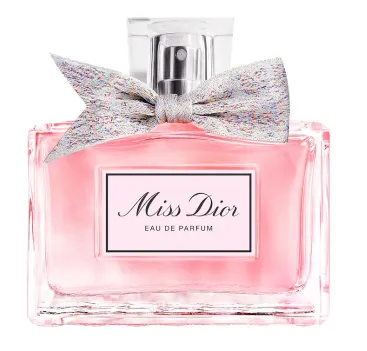
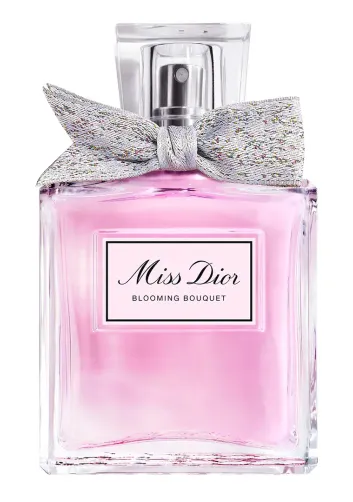
The custodian of Dior’s legacy in perfumery is none other than the luxury conglomerate LVMH (Moët Hennessy Louis Vuitton). LVMH became the parent company of Dior in the late 20th century. Today, it’s responsible for steering Dior’s brand, including its iconic perfumes, while upholding Dior’s timeless values of luxury, elegance, and creativity.
LVMH’s portfolio spans various sectors in the luxury market, including wines and spirits, fashion and leather goods, perfumes and cosmetics, watches and jewelry, and selective retailing. The group’s commitment to heritage, savoir-faire, and innovation ensures Dior perfumes continue to mesmerize scent enthusiasts worldwide.
Ever wondered which Dior perfumes have the most ardent fan-following? Here’s a whiff of Dior’s ten most popular fragrances:
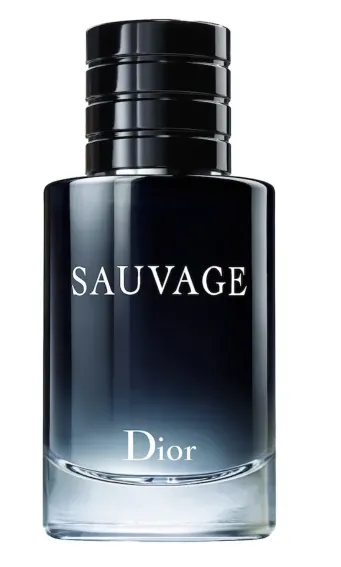
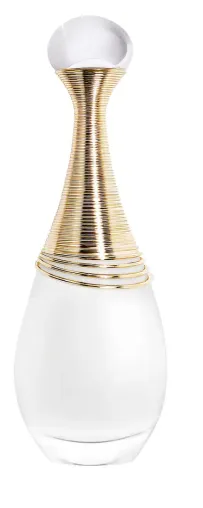
Here are some intriguing tidbits about Dior perfumes:
The very first Dior perfume, Miss Dior, was launched in 1947, the same year as Christian Dior’s groundbreaking “New Look” fashion collection. The perfume was named after Dior’s sister, Catherine.
The renowned “Diorissimo” fragrance, launched in 1956, was designed to smell like Christian Dior’s lucky flower, the lily of the valley. It’s known for its fresh and bright scent, akin to a spring morning.
The bottle of J’adore, one of Dior’s most iconic fragrances, was inspired by Christian Dior’s love for the feminine silhouette, especially the hourglass figure.
The provocative and seductive fragrance “Poison” was a sensation upon its release in 1985. Its daring and revolutionary character helped to redefine the idea of feminine scents.
“Fahrenheit,” a men’s perfume launched in 1988, was unique for its time due to the inclusion of a violet accord, a note typically used in women’s fragrances.
The houndstooth pattern seen on Dior perfume packaging is a nod to Christian Dior’s fondness for this pattern in his fashion designs.
Some of the Dior perfumes have companion products, such as body lotions, shower gels, and deodorants, allowing fans to layer the scents for a long-lasting fragrance experience.
Dior has a line of artisanal fragrances called “La Collection Privée,” which is a range of unique, high-end perfumes designed by Dior’s in-house perfumer François Demachy.
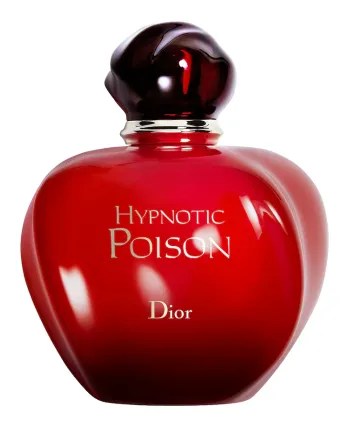
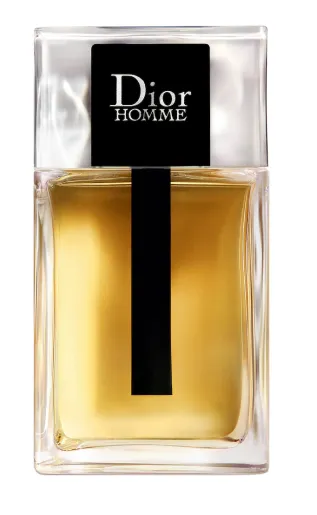
Yes, Dior perfumes contain parabens. This assumption is made based on the fact Dior has not announced that parabens are excluded from their perfumes – therefore we have to assume Dior perfumes do contain parabens.
Yes, Dior perfumes contain phthalates. This assumption is made based on the fact Dior has not announced that parabens are excluded from their perfumes – therefore we have to assume Dior perfumes do contain parabens.
Yes, we have to assume Dior perfumes contain PFAS, as they have not made any claims otherwise.
The Dior website has a “OUR RESPONSIBLE BEAUTY COMMITMENTS” section. In this section, they discuss ingredients. Dior calls out ingredients that are excluded from NEW products, that go above and beyond the current regulations:
“Going above and beyond regulatory requirements, Dior excludes the following ingredients from the formulation of new products while seeking alternatives that will maintain these products’ sensory qualities and performance:
• BHA (butylhydroxyanisole), diethyl phthalate, formaldehyde-releasing preservatives, ethanolamine, homosalate, palm oil and palm oil derivatives not certified by the RSPO (Roundtable on Sustainable Palm Oil), methylisothiazolinone/methylchloroisothiazolinone, octocrylene, oxybenzone and other benzophenones, parabens, cyclic silicones (cyclohexasiloxane, cyclopentasiloxane), aluminum salts, triclocarban, triclosan, triethanolamine“
We think this is a great start. However, we would love to see all phthalates removed from Dior perfumes, as well as parabens and PFAS. Also note that Dior is only removing the above ingredients in new products. We would love to see Dior expand the removal of concerning ingredients from all their products…both old and new.
So what can you do? Consumers hold real power to incite change in brands. Your voice and dollar is powerful.
We don’t recommend Dior perfumes. Dior perfumes contain parabens, phthalates and PFAS – all of these ingredients have concerning health implications (more on that here). Dior does not meet the “Clean at Sephora” standards or Ulta’s “Clean” standards, which prohibits such ingredients.
There are tons of perfumes on the market that don’t contain concerning ingredients – and these are the perfumes we use and recommend.
As consumers are becoming aware of the concerning ingredients in perfumes, many consumers are actively searching out better, safer perfumes. This is more than a passing trend. This is where the perfume industry is headed. Here at scentmovement, we’re here to promote this movement – browse around our site if you’re looking for perfume recommendations, reviews or dupes!
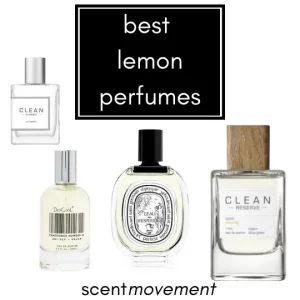
Lemon-scented perfumes give you a zesty pep in your step and make every day feel like a sunny, fun-filled adventure! Here’s the best lemon perfumes!
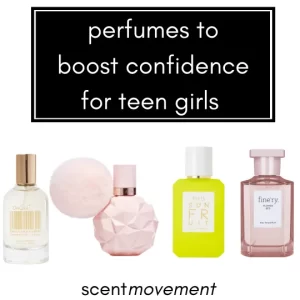
If you’re looking to boost your teen’s confidence, check out these perfumes.